<Report from overseas office> [China] Can you buy anything while at home? China's food delivery situation
- Release date: Mar 18, 2019
- 7184 Views
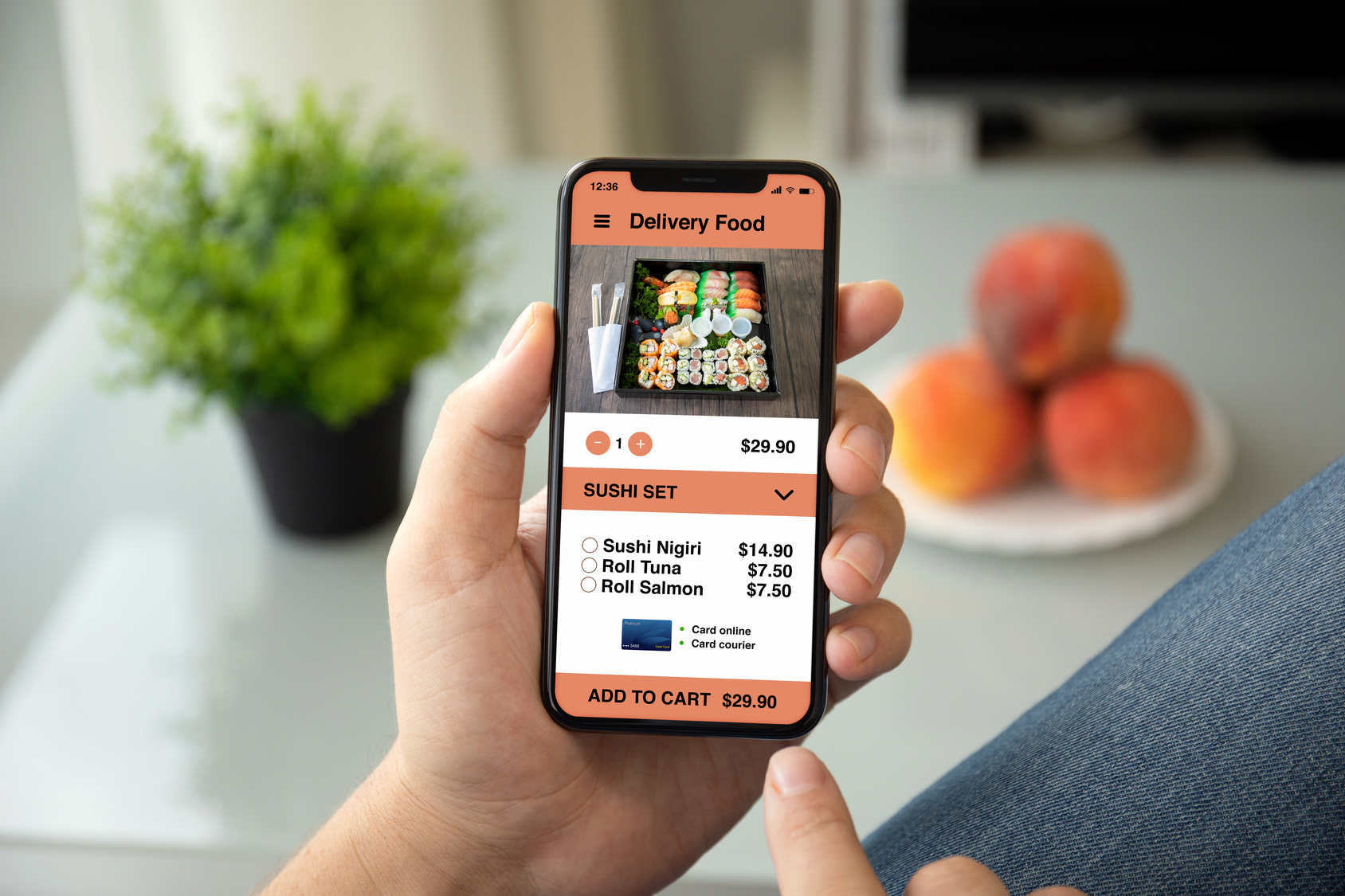
Food Delivery Bikes on the Streets of Shanghai
If you've walked the streets of Shanghai in 19 years, you've probably seen a lot of blue and yellow bikes on the streets. These are actually all food delivery bikes.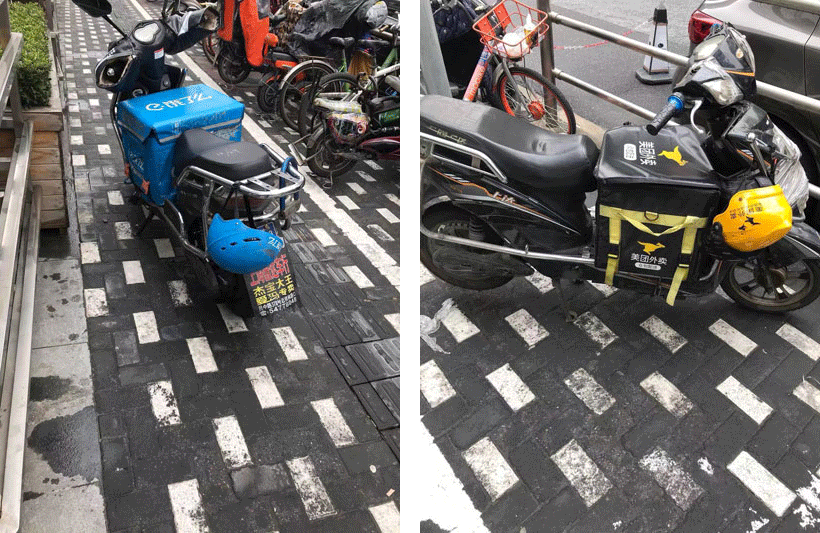
In this article, I would like to introduce you to this application system that plays a part in Shanghai life.
What is food delivery anyway?
Isn't that just delivery after all? However, the delivery system of food delivery differs from that of conventional delivery services.In the case of so-called "delivery," the restaurant itself that prepares the food hires its own delivery personnel, but in the case of food delivery, only the delivery system is independent. (This is not limited to food delivery in China. (This is not limited to food delivery in China; the system itself is basically the same for UberEATS, which is being developed in Japan. Since the division of labor is complete, with the store only making the food and the bike only transporting it, the app only provides the "order taking and delivery" part.
The ordering process is simple.
1) Open the app on your smartphone
2) Select a store
3) Order the product
Pay with your cell phone.
(5) Pick up the product from the man on the bike.
This is all the basic operation.
Although you need to register your address and link it to your online wallet first, even a "foreigner" like me won't be confused. There are photos of the food, reviews, and monthly sales figures, so it's much easier than ordering directly from the restaurant. (The reviews are in Chinese, but the content of the reviews is much the same as in Japan, so it's easy to understand.
Extensive menu list
One of the most notable features of food delivery is the wide range of products that can be ordered. Since cooking and delivery are separated and there is no burden on the store, basically any product from any store can be ordered, as long as it can be carried by motorcycle. Here is an example of what you can order.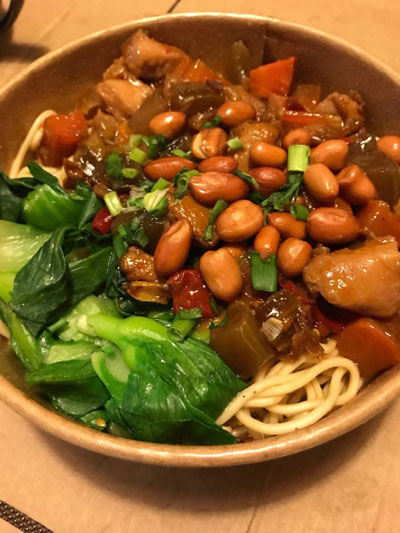
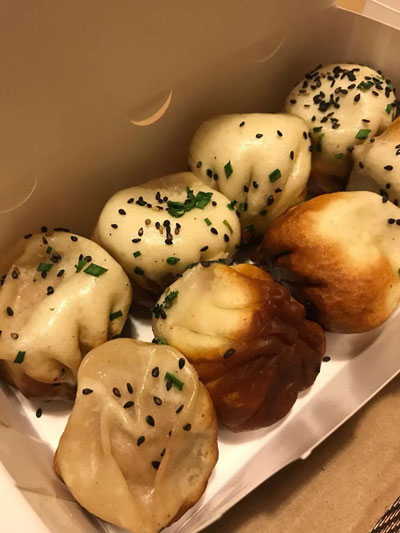
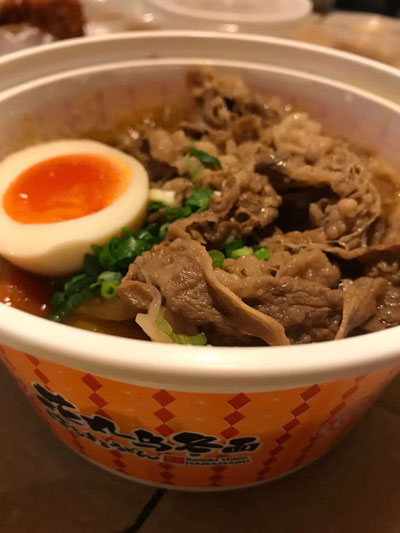
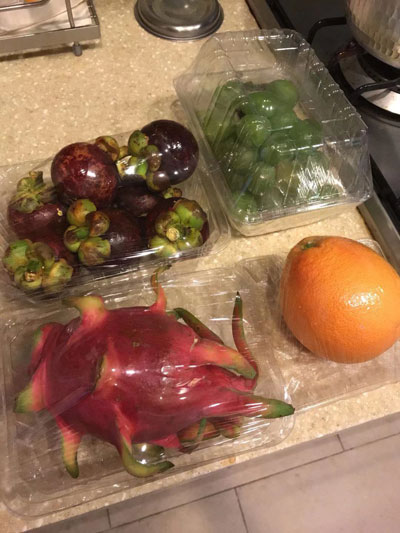
When I was living in Japan, I used to cook all my meals by myself, including lunch box and dinner, but recently I have settled down to delivery for most of my dinners. My daily routine is to choose a dish on the train, order it when I leave the station, and have it arrive when I get home and finish changing.
I've been using this app for over a year now and have never had any problems.
The Rapidly Growing Food Delivery Market
According to iiMedia Research, the market size of the online restaurant market is expected to reach 240 billion yuan (= about 4 trillion yen) by 2018, according to the analysis.*http://iimedia.cn/60449.html Last checked on Jan. 8, 2007.
According to the same data, the number of users is expected to reach 350 million in 2006; considering that the market size in 2011 was 21.7 billion yuan, there is no doubt that the market has grown rapidly in a short period of time.
By the way, the company was founded in 2008, while UberEATS was launched in the US in 2014 and in Japan in 2016.
As long as humans eat every day without fail, changes in the way we eat are changes in our lifestyle. In such a market environment, services and products that target salarymen and mothers on their way home from work, such as instant foods and ready-made products, will be forced to reconsider. This is because the traditional advantage of being able to eat easily is not enough to compete with delivery services in terms of choice and quality.
Furthermore, there are many online sales channels for fresh food in China. For example, if you order fresh food from the online e-commerce site Jingdong, you can have it delivered the same day.
The bar for simplicity and convenience has been raised higher and higher with time.
Of course, this is not to say that food delivery and e-commerce delivery are "invincible. The concern that eating out may not be good for one's health is also true in China. and the desire to hold vegetables in one's hands at the market to check the quality is still common.
However, we cannot provide a clear answer to the question, "Why should I choose that sales channel or product? It is difficult for Chinese and foreign companies alike to retain consumers if they cannot provide a clear answer to the question, "Why"?
Changing Cities and Lifestyles
As one of the services that are closely related to daily life in China, we have taken up "food delivery services" this time. Of course, if the market environment is different, the optimal solution will also change.For example, this delivery service can probably not be imitated in Japan with the exact same scheme in terms of labor costs and securing people for delivery. In addition, the prevalence of online wallets as a precondition for payment is also different, and there are also differences in road conditions and laws.
In this way, services, not limited to food delivery, are based on a variety of social environments. In this sense, it is nonsense to compare only the top and bottom of life in each country. However, I hope that I have conveyed the point that in the Chinese market, channels different from those in Japan are rapidly forming.
Almost two years ago, when it was decided that the author would be stationed in China, a friend of mine told me many stories about the Chinese-style fried bread (油条) and skewer stalls on the street. Of course, from various perspectives such as hygiene, law, taxation, etc., the stalls must have had many problems (my friend's stomach was also sunk by the fried bread). But on the other hand, there is no doubt that there was an aspect of human life there.
Nowadays, such stalls are being removed one after another, and you can't even find traces of them in the city center anymore.

Life, society, and technology are inexorably changing every day. Keep an eye on Chinese business as it continues to evolve in its own unique way. Translated with AI Translator
-
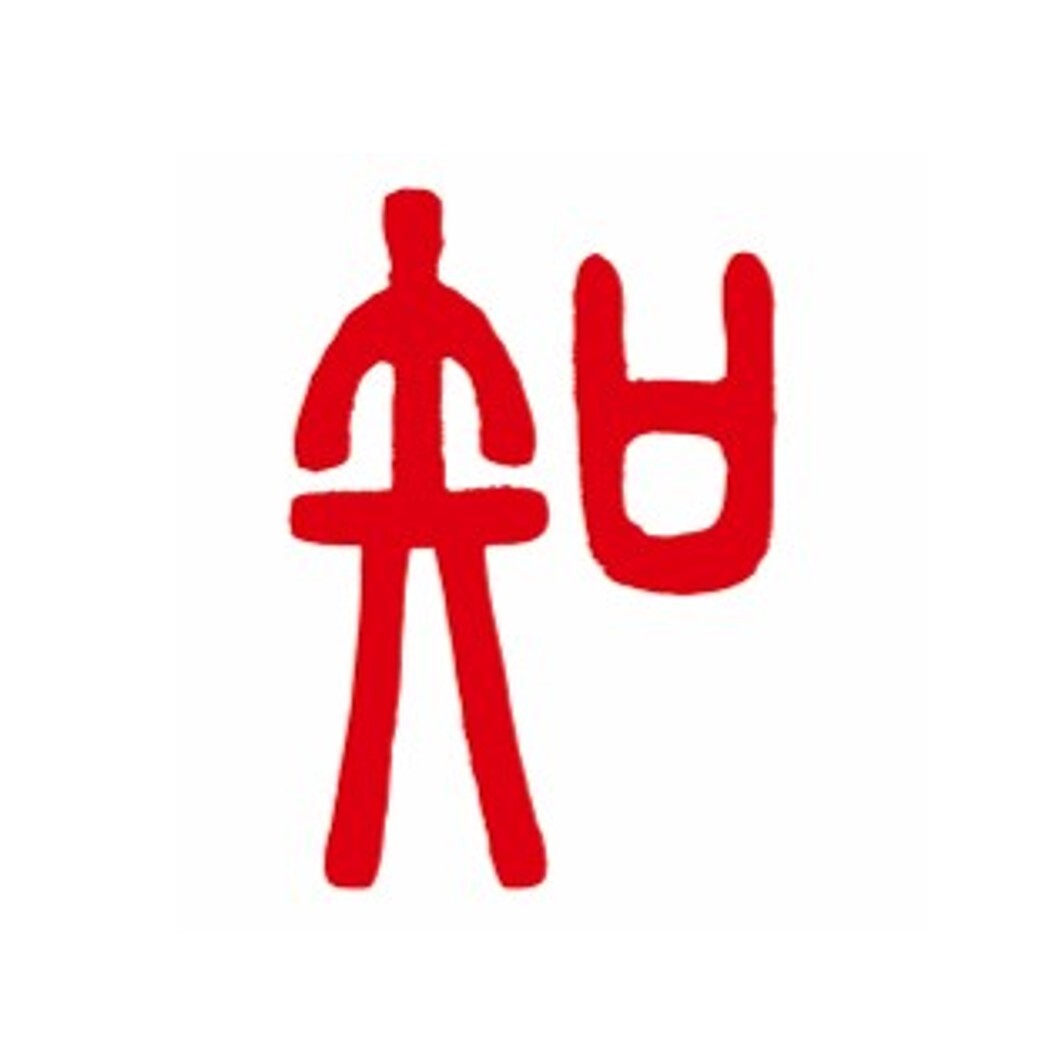
Author profile
Taro Kashii
Researcher based in Shanghai, China, stationed in Shanghai since June 2017. Currently working in the consumer goods sector. She has been stationed in Shanghai since June 2017.
-

Editor profile
Intege.inc
***
 Global Market Surfer
Global Market Surfer CLP
CLP